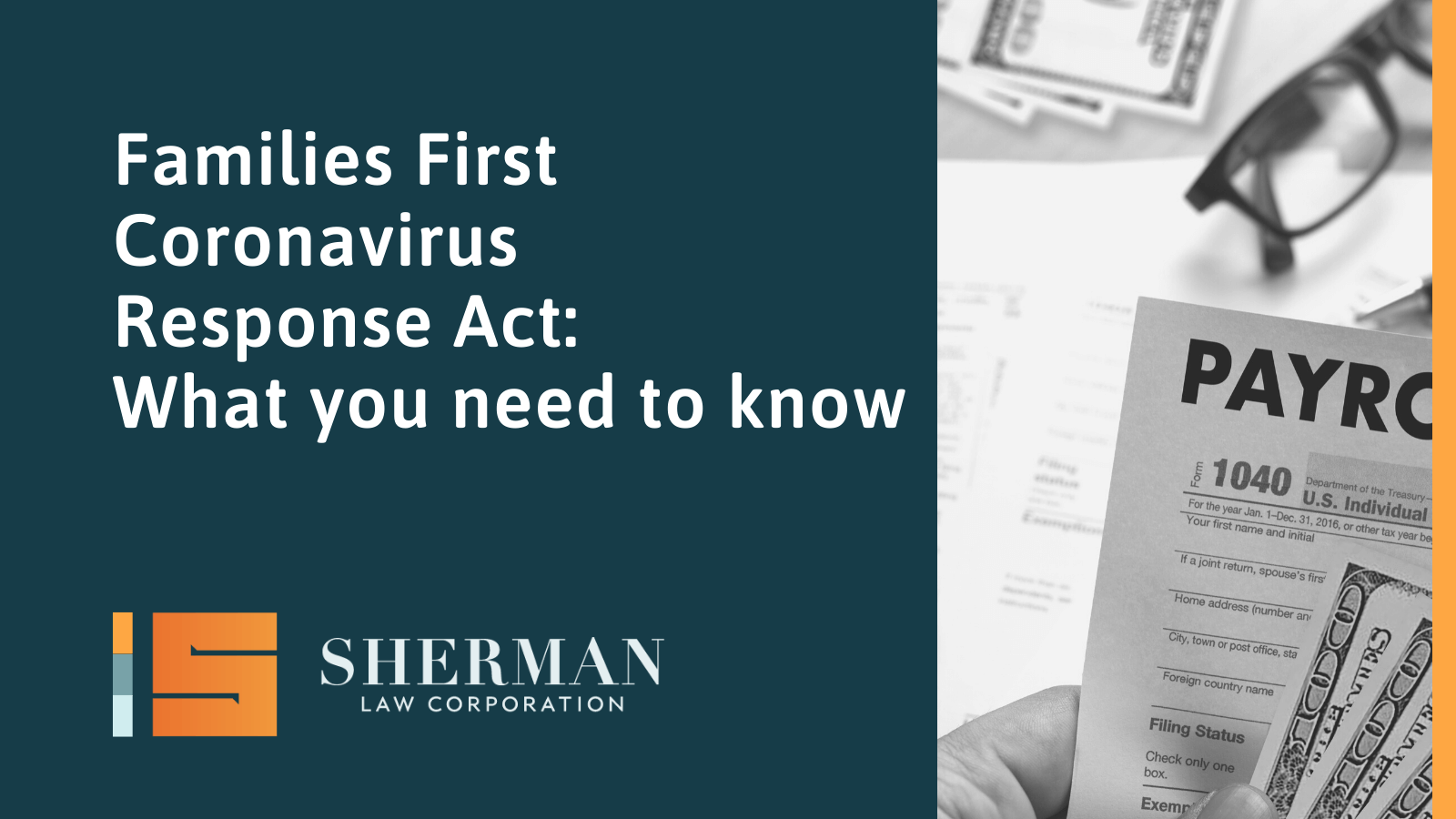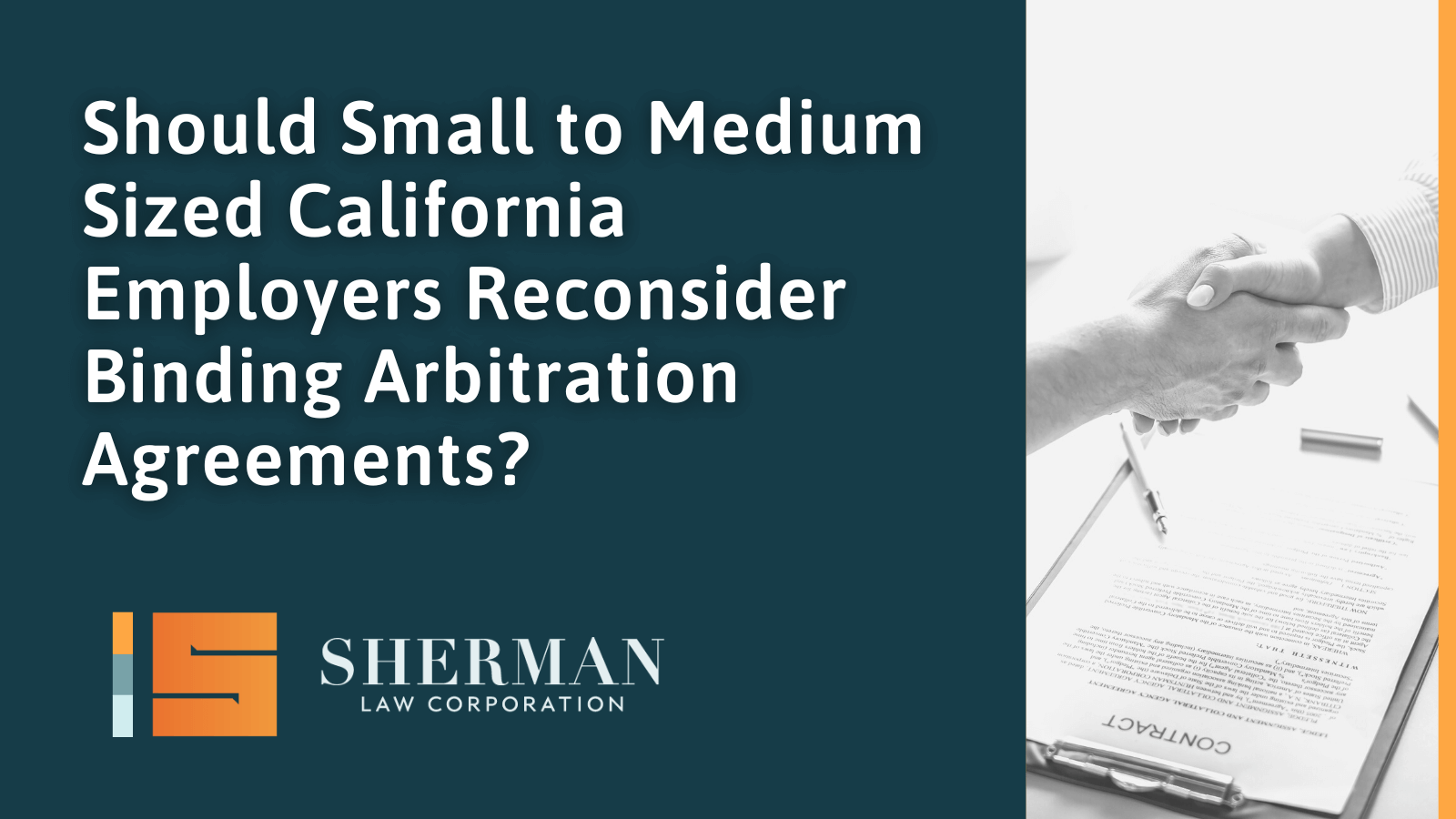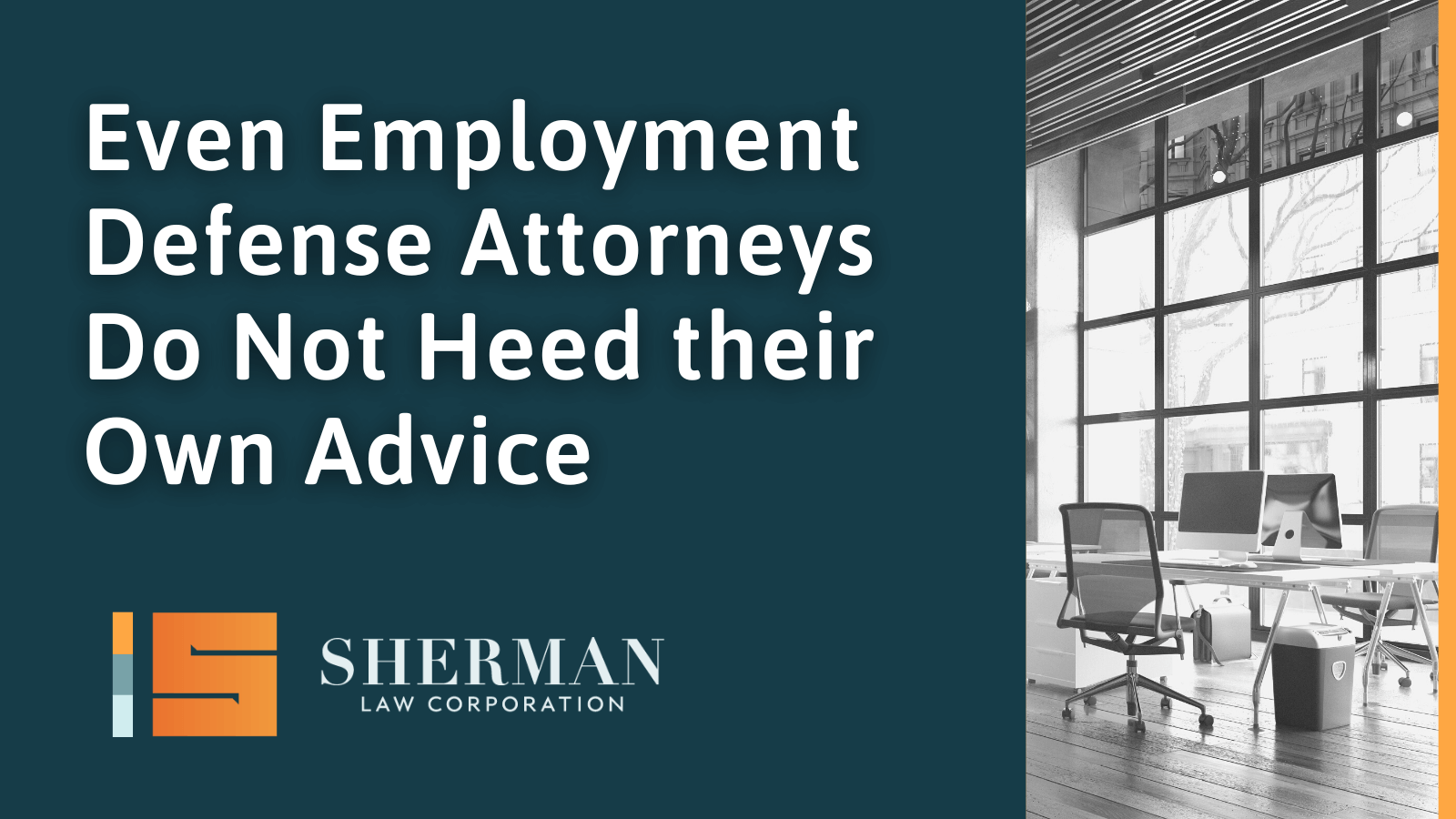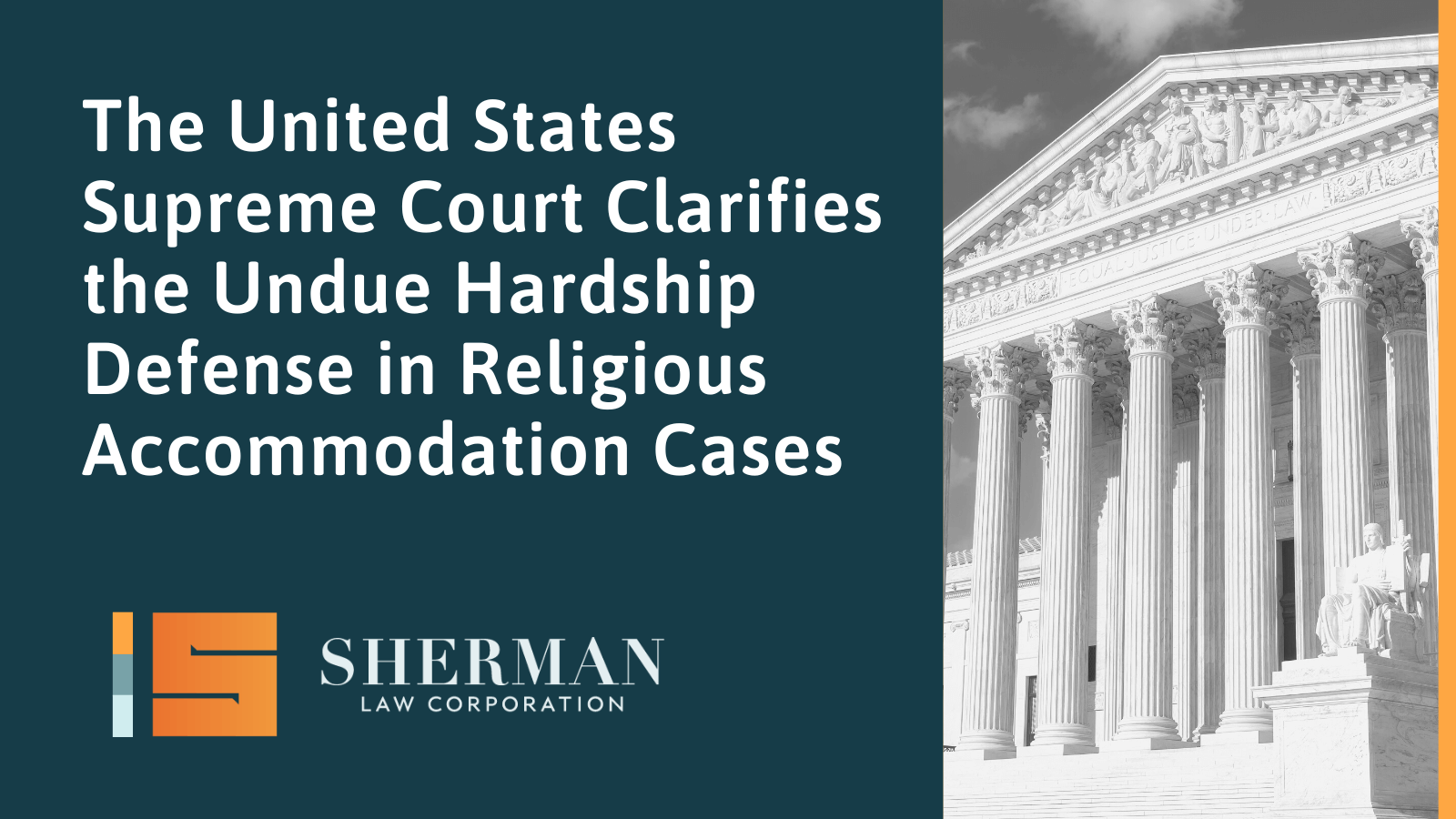
The Families First Coronavirus Act (“FFCRA”), which requires some employers to provide paid sick leave or expanded family and medical leave, goes into effect TODAY, April 1, 2020. But there are still many people who have questions about what that means for their businesses. The Department of Labor first released a set of answers to frequently asked questions about the FFCRA on March 24, and a second set of answers on March 26.
This blog goes through that second set of answers to help business owners understand the changes that FFCRA will now put into place, including how to document leave, teleworking, health coverage during leave, and more.
The Department of Labor (“DOL”) Released a Second Set of Frequently Asked Questions on the Families First Coronavirus Act (“FFCRA”)
On Thursday, March 26, 2020, The Department of Labor (“DOL”) Released Second Set of Frequently Asked Questions on the Families First Coronavirus Act (“FFCRA”) which follow the first set of questions released on March 24, 2020. The FFCRA will go into effect on April 1, 2020 – not April 2, 2020 as we expected initially by the language of the bill which stated by April 2, 2020.
Requesting and Documenting Leave: The DOL explains that employees must support leave requests with appropriate information, including the employee’s name, qualifying reason for leave, a statement that the employee is unable to work or telework for that reason, and leave date(s).
Employees must provide documentation supporting the absence. This means a copy of the quarantine or isolation order, or written documentation from a health care provider advising self-quarantine. For employees using leave to care for a child, examples of supporting documentation include a notice posted on a government, school, or day care website, or published in a newspaper, or an email from an employee or official of the school, place of care, or childcare provider.
The DOL recommends that employers keep this documentation if they will seek tax credits for providing paid leave. The DOL points employers to consult Internal Revenue Service (IRS) applicable forms, instructions, and information for the process they will need to follow to claim this
tax credit, including any necessary supporting documentation.
Definition of “Unable” to Work or Telework: The DOL explains that being “unable” to work or telework means that an employer has work available, but one of the specified paid reasons for leave under the FFCRA prevents the employee from being able to do so.
If an employer offers the ability to work the same number of hours per day but different hours, the employee is able to work and leave is unnecessary, unless:
1) the reason for leave prevents the employee from working that schedule;
2) the employee has a qualifying paid sick leave absence; or
3) the employee cannot telework due to the need to care for a child. However, it is important to understand that if an employee can telework while caring for the child, leave is unavailable.
Intermittent and Incremental Use at Employer’s Discretion: The DOL provides generally that employees and employers may agree to intermittent and incremental use of emergency paid sick leave (“EPSL”) and emergency paid Family and Medical Leave benefits (“EFMLA”), but then divides the remaining guidance depending on whether the employee is teleworking, or working onsite.
Teleworking: For employees who are teleworking, whether taking time off under EPSL or EFMLA, employer and employee may agree to intermittent leave for any of the covered reasons.
Working Onsite: For employees who are working on the employer’s premises, intermittent EPSL is only permitted for employees who are taking leave for school closures or childcare unavailability, but again, only if the employer agrees.
Employees taking EPSL for one of the other five reasons under the Act must take such leave in full-day increments. This is because the intent of the FFCRA is to prevent employees who may be ill or caring for those who are ill from possibly spreading the virus to other individuals in the workplace.
Worksite Closing Forecloses Leave Availability: The DOL states that if the worksite closes, employees do not receive, or continue to receive, FFCRA leave. It does not matter whether: 1) the closure occurs before or after the law takes effect; 2) an employee is on leave when closure occurs; 3) an employer furloughs an employee; 4) the worksite temporarily closes and the employer says it will reopen in the future. This is true whether the worksite closes for lack of business or per a federal, state, or local directive. If this occurs, an employee’s only recourse is to seek unemployment benefits.
Shelter-in-Place and Business Closure Orders Do Not Likely Support the Need for EPSL: Although it did not carve out a specific question for these types of orders, the DOL appears ready to deny EPSL to those covered by these sweeping orders.
In FAQ #27, the DOL states:
“If, prior to the FFCRA’s effective date, your employer sent you home and stops paying you because it does not have work for you to do, you will not get paid sick leave or expanded family and medical leave but you may be eligible for unemployment insurance benefits. This is true whether your employer closes your worksite for lack of business or because it is required to close pursuant to a Federal, State, or local directive.”
Similarly, in FAQ #28, the DOL states:
“If your employer reduces your work hours because it does not have work for you to perform, you may not use paid sick leave or expanded family and medical leave for the hours that you are no longer scheduled to work.”
This language seems to indicate that EPSL is not available to those covered by shelter-in-place and business closure orders at the state and local level although employees whose child’s school or childcare is unavailable would still be eligible for EFMLA for that reason alone.
Employees Can Use Leave for Scheduled Hours Only: The DOL clarifies leave is available only for an employee’s scheduled hours. If an employer reduces an employee’s hours, the employee can use leave for remaining scheduled hours only.
Health Coverage Continues During Leave: Per the DOL, existing FMLA standards apply to emergency family leave: employees can continue group health coverage on the same terms; if an employee has family coverage, an employer must maintain such coverage, and employees must generally continue to make regular contributions for their own portion of premiums.
For paid sick leave, the DOL says that, per the federal Health Insurance Portability and Accountability Act (HIPAA), employers cannot establish an eligibility rule or set an individual’s premium or contribution rate based on whether the employee is actively at work, “unless absence from work due to any health factor (such as being absent from work on sick leave) is treated, for purposes of the plan or health insurance coverage, as being actively at work.”
Employees Cannot Use Existing Benefits During FFCRA Leave without Employer Consent and Employers Cannot Require Employees to Use Existing Benefits: According to the DOL, employers and employees must agree in order to use FFCRA paid leave and existing employer-provided leave benefits simultaneously and use the latter to “top up” the deficit that may result when FFCRA leave pays out at two-thirds an employee’s regular rate (and that employers cannot require this without the employee’s consent).
While this supplementation may be allowed if employees and employers agree, the DOL reminds employers that the law limits the employer tax credit to the amount of FFCRA leave an employer must provide, so tax relief is unavailable for the “top up.”
The Third Set of Frequently Asked Questions by DOL on FFCRA
Late Saturday, March 28, 2020, the DOL issued a third set of Frequently Asked Questions to guide employers on administering EPSL and EFMLA. Key points include the following:
Length of Leave: Employees can take no more than 12 weeks of FMLA which includes any leave taken under EFMLA so they are not cumulative. However, the two weeks of EPSL can be taken in addition to the EFMLA leave to get 14 weeks under these two scenarios:
- If an employee takes 2 weeks (80 hours) of EPSL for non-child care purposes as allowed under EPSL, if the employee has not used any FMLA leave at all (classic or extended), then during the applicable 12 month period, the employee can take up to 12 weeks of FMLA leave plus 2 weeks of child care leave for a total of 14 weeks.
- If the employee uses other pre-existing non-FFCRA employer provided benefits for the first two weeks instead of EPSL benefits for two weeks, the employee can get another 10 weeks of FMLA + 2 weeks of paid child care leave. After that assuming no EPSL was used, the employee could then use EPSL child care leave for the additional two weeks for a total of 14 weeks.
Health Care Providers and Emergency Responder Exclusion Defined Broadly: Health Care Providers and Emergency Responders are excluded from protections under EPSL and EFMLA. This includes “anyone employed at any doctor’s office, hospital, health care center, clinic, post-secondary educational institution offering health care instruction, medical school, local health department or agency, nursing facility, retirement facility, nursing home, home health care provider, any facility that performs laboratory or medical testing, pharmacy, or any similar institution, employer, or entity. This includes any permanent or temporary institution, facility, location, or site where medical services are provided that are similar to such institutions.” (emphasis added).
- The definition also includes “any individual employed by an entity that contracts with any of the above institutions, employers, or entities institutions to provide services or to maintain the operation of the facility. This also includes anyone employed by any entity that provides medical services, produces medical products, or is otherwise involved in the making of COVID-19 related medical equipment, tests, drugs, vaccines, diagnostic vehicles, or treatments. This also includes any individual that the highest official of a state or territory, including the District of Columbia, determines is a health care provider necessary for that state’s or territory’s or the District of Columbia’s response to COVID-19.” (emphasis added)
- The DOL encourages employers to be judicious when applying its new definitions for those who qualify as a “health care provider” or “emergency responder” for whom they are electing not to provide leave.
Small Employer Exemption Clarified- employers with fewer than 50 employees (including religious or nonprofit organizations) may claim an exemption under EFMLA and EPSL #5 (for school closures/childcare) but from other EPSL reasons 1, 2, 3, 4 or 6 if the employer’s authorized officer determines one of the following applies:
- Providing EFMLA and EPSL reasons #5 leave (school closures and child care unavailability) would cause the business’s expenses and financial obligations to exceeding its revenues and cause the business to cease operating at a minimal capacity;
- The employee’s absence would entail a substantial risk to the business’s financial health or operational capabilities because of specialized skills, knowledge of the business, or responsibilities, the employee possesses; or
- There are insufficient workers who are able, willing, and qualified to perform the labor or services provided by the employee(s) requesting child-care leave, and these labor or services are needed for the business to operate at a minimal capacity.
However, school closures/childcare reasons for FFCRA leave (reason #5 for EPSL leave and the only reason EFMLA is available) are the only reasons for which this exemption is available. This means small employers are not exempt from providing EPSL for reasons #1, 2, 3, 4, and 6 (medical/family care related reasons for EPSL.
Small Employers with 24 or fewer Employees Get Some Relief as to Returning Employees who Take Leave to Work. Small employers can deny an employee’s return to work so long as all four of the following hardship conditions exist:
- the position no longer exists due to economic or operating conditions that affect employment and due to COVID-19 related reasons during the period of EFMLA leave;
- the employer can show it made reasonable efforts to restore the employee to the same or an equivalent position;
- the employer makes reasonable efforts to contact this same employee if an equivalent position becomes available; and
- the employer continues to make reasonable efforts to contact the employee for one year beginning either on the date the leave related to COVID-19 reasons concludes or the date 12 weeks after EFMLA leave began, whichever is earlier.
Note: These employers also can deny restoration to an FMLA “key” employee (salaried employee who is among the highest paid 10% of all the employer’s employees within 75 miles of the employee’s worksite).
Dispute Resolution: The DOL strongly encourages any employee who believes that the employer is improperly withholding paid sick or FMLA leave benefits to them to work out the differences first with their employer.
DOL Changes Previous Guidance regarding Documentation of Qualifying Need for Leave:
The DOL eliminated much of its previous discussion regarding the specific types of documentation to support a leave request under EPSL and EFMLA, pointing employers instead to applicable IRS forms and information. However, the IRS has yet to publish guidance for employers on this issue.
- For school closures and childcare-related need for leave, the DOL indicates that additional documentation may be required beyond what “conventional” FMLA allows—such as a notification of such school closure, etc. But all indications seem to suggest that for medically necessary reasons for COVID-19 (EPSL reasons #1, 2, 3, 4, and 6), employers may still request appropriate supporting documentation, although given current realities, employers may find they need to, as a practical matter, relax traditional documentation standards they might impose under normal circumstances.
- The DOL now says employers need not provide leave if employees do not provide materials sufficient to support a tax credit.
EPSL and EFMLA are in Addition to State or Local Leave the Employee has Earned: EPSL and EFMLA leaves are in addition to other forms of sick/personal leave the employee has earned under state and local paid sick leave laws and ordinances.
- EPSL states that full-time employees receive no more than 80 hours of pay for EPSl and part-time employees receive the number of hours they normally work during a two week period.
- The DOL defines “full time” if their employer normally schedules them to work 40 or more hours per week. An employee who is not “full time” is “part time” which means they receive a number of EPSL hours equivalent to the number of hours the employee works on average over a two-week period.
One last note. The DOL has released new posters for the FFCRA. https://www.dol.gov/agencies/whd/pandemic
For more information on any of these laws or proposed laws, or any other issues involving California employers, please contact Lisa Sherman at lisa@sherm-law.com or call (323) 488-2087




